These Are the Most Unique Ways People Greet Each Other Around the World
From Tibet to Tuvalu, this is how you say hello in countries across the globe.

In America, people greet each other with nods, handshakes, and hellos—but that isn't how greetings always go in the rest of the world. In Mongolia, for instance, the traditional greeting involves the exchanging of a piece of silk. And over in Zambia, people squeeze thumbs rather than shake hands. The world is full of diverse and fascinating cultures, so read on to learn more about some of the most unique greetings around the world.
1
In New Zealand, you rub noses.
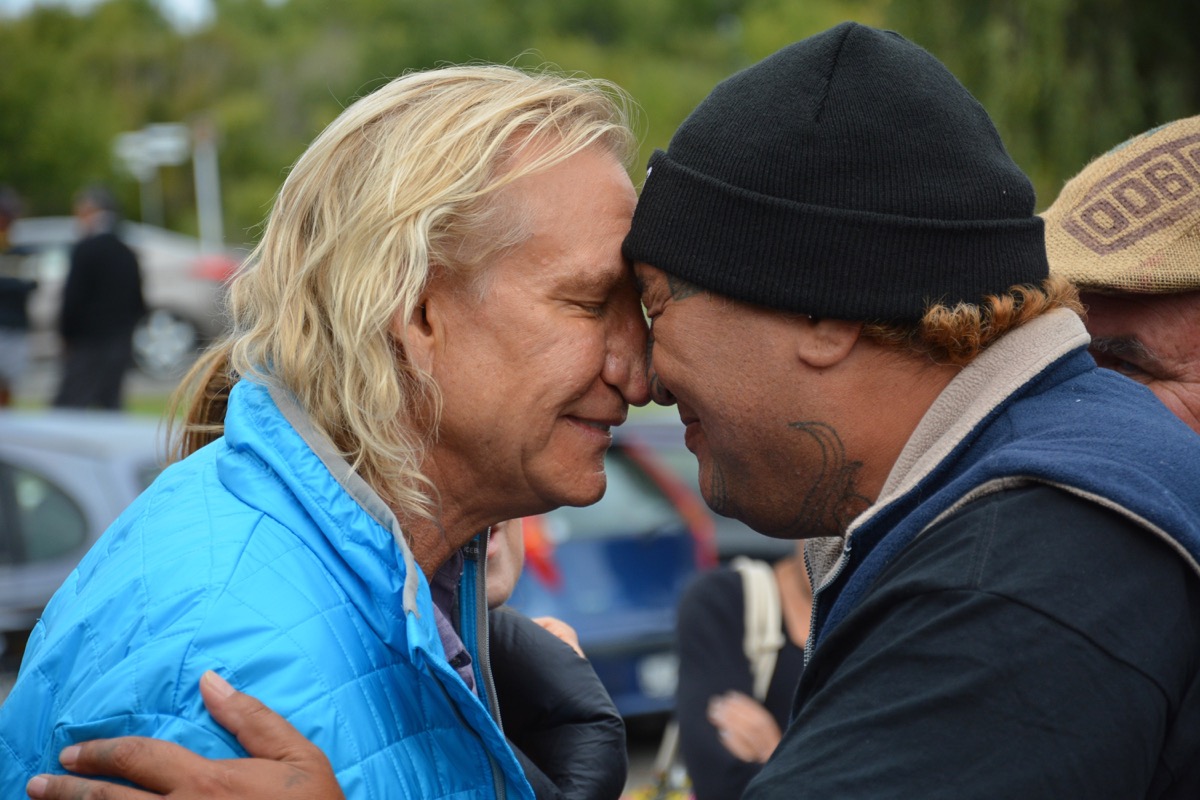
Almost every time a political figure visits New Zealand, they are photographed rubbing noses with top officials. Why? For some New Zealanders—namely, the Maori tribe—this is the traditional way of greeting someone referred to as a hongi.
As language professor Nikolas Coupland explains in The Handbook of Language and Globalization, "It is believed that when the two noses meet, people exchange their breath and the visitor becomes one of the local people."
2
While in the United Arab Emirates (UAE), you bump noses.
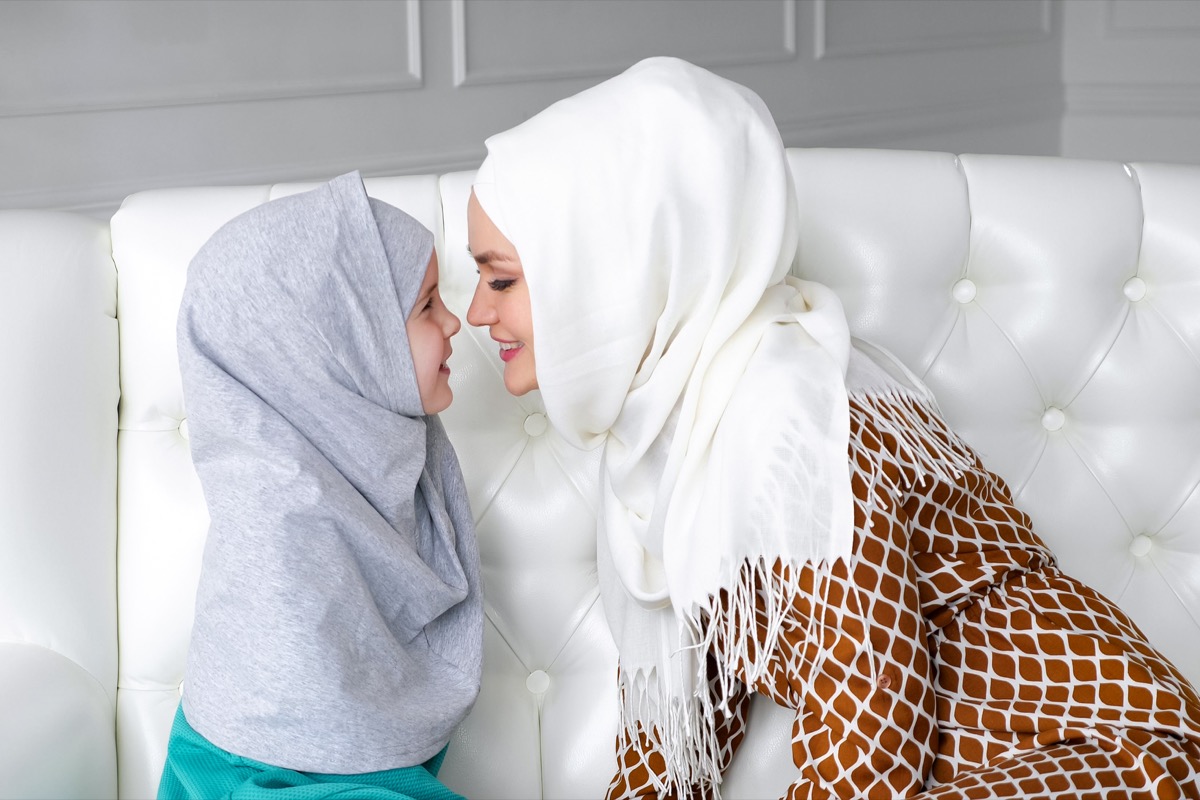
When people greet each other in the UAE, they typically rub their noses together. As writer Ali Al Saloom explains in The National, this gesture "is linked with pride and dignity" since Arabs touch their noses and foreheads to the ground "as a sign of respect" when they pray.
3
In Tibet, you stick out your tongue.

When someone sticks their tongue out at you in America, it's usually not very polite. In Tibet, however, people stick their tongues out as a way of saying hello.
According to the Institute of East Asian Studies at UC Berkeley, this unusual greeting started long ago, when Tibetans felt like they had to prove that they were not the reincarnation of an evil ninth-century king with a black tongue. If your tongue is healthy and pink and not black and rotting, then you can't possibly be evil—or so the logic goes.
4
In Tuvalu, you sniff people.

This one isn't as weird as it sounds. Actually, the sogi gesture, as it's called in Tuvalu, is just a unique take on the cheek-kissing greeting.
During the sogi greeting, you firmly press your face against that of the person you're meeting, and instead of kissing their cheeks, you inhale. It's easy! Oh, and according to Florida Atlantic University, you typically only have to use this greeting when you are first arriving on or leaving the island, so don't worry about needing to sniff every single person you meet if you ever decide to vacation in Tuvalu.
5
You present a piece of silk in Mongolia.
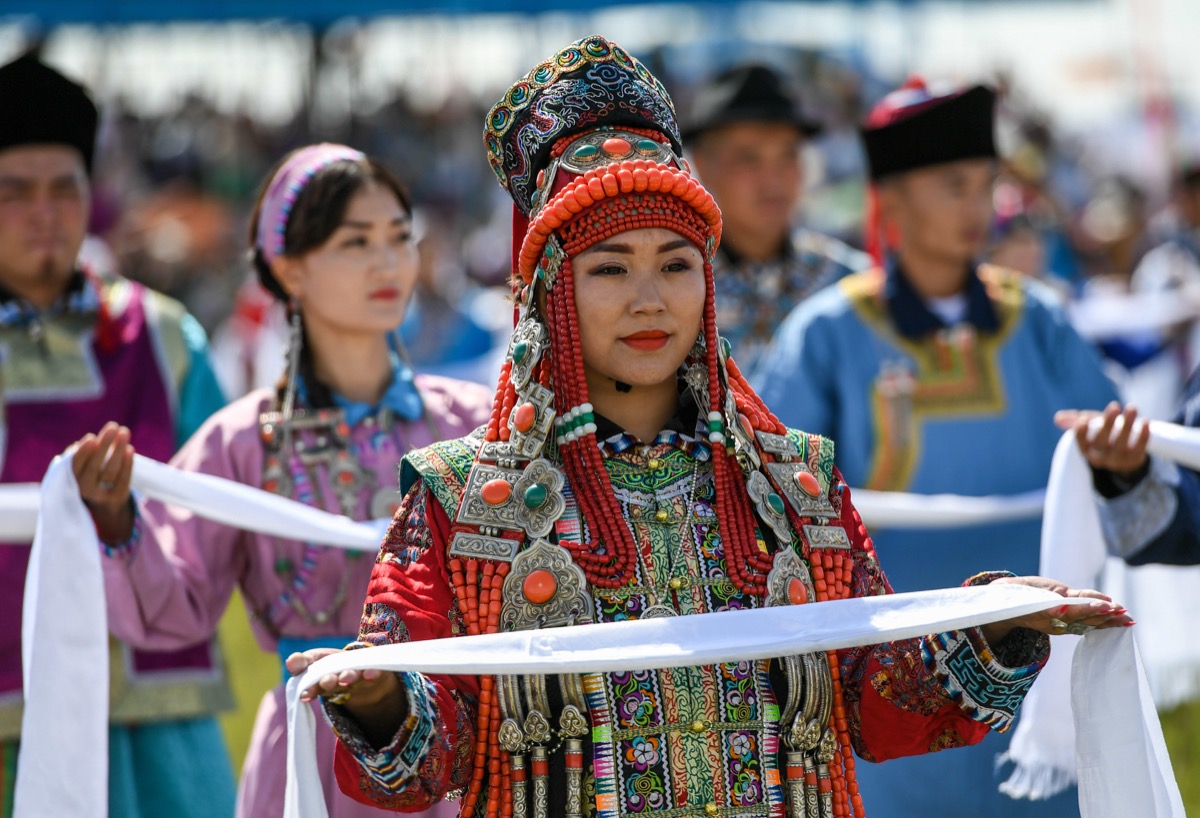
"It is a common practice for Mongolians to express their best wishes by presenting Hada [a strip of raw silk or linen] on many occasions, such as … visiting the senior and entertaining guests," notes ChinaCulture.org, run by China's Ministry of Culture.
Giving and receiving a Hada isn't so simple, however. If you are greeting a superior or an elder, you must raise it above your shoulders and bow when presenting the Hada; if you are greeting an equal, you raise it and lay it in their hands before they present you with one, too; and if you are receiving one from an elder, you must accept it with both hands and raise it over your head so you can wear it on your shoulders.
6
And in Mongolia, your response to a greeting must be positive.

No matter what you're going through, you have to put on your best fake smile whenever someone greets you in Mongolia. When a person says "Sain baina uu?"—or "How are you?"—the anticipated response is "sain," which means "fine."
"A negative answer is considered impolite," ChinaCulture.org explains. "Only later in the conversation may one's problems be mentioned."
7
In Liberia and Benin, you snap your fingers.
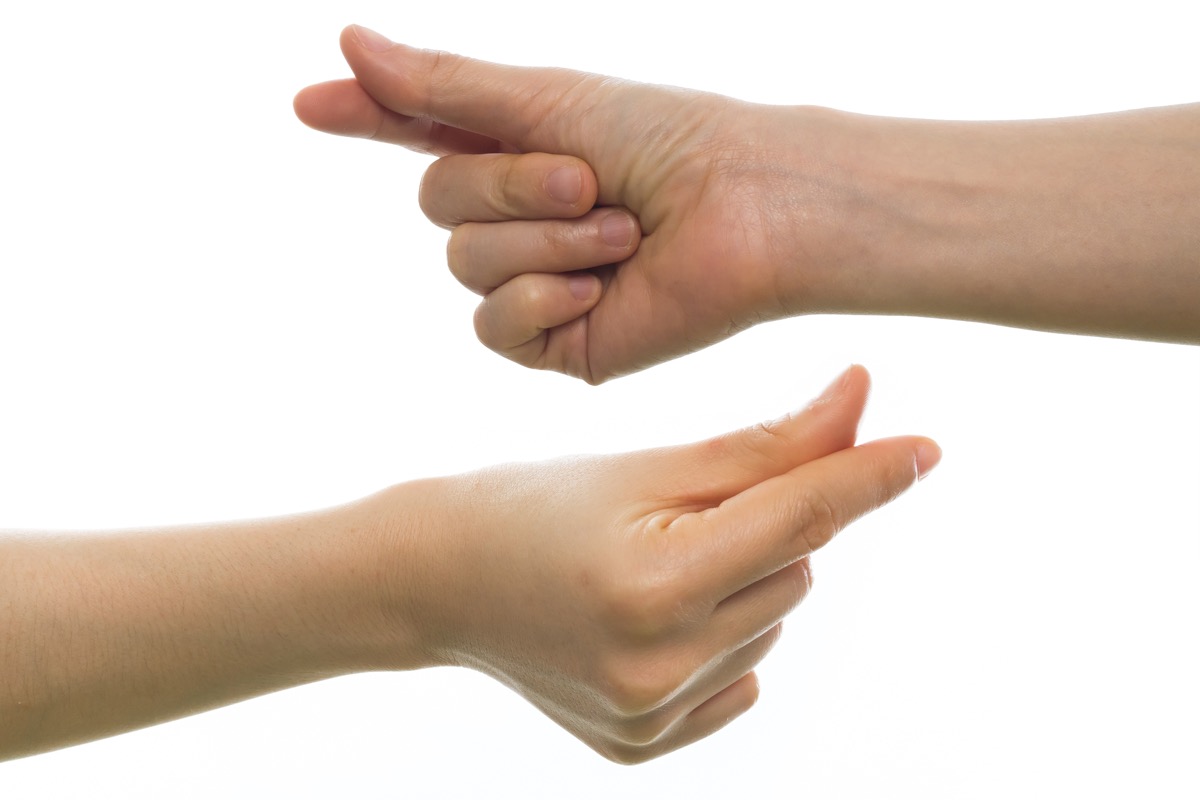
If you ever visit Liberia or Benin, don't be surprised when someone greets you by snapping their fingers. In Benin (Other Places Travel Guide), former peace corps volunteers Erika Kraus and Felicie Reid note that "people who are more familiar with one another will add a snap of the fingers to their handshake."
Similarly, in Liberia, residents use the so-called "Liberian finger snap," which involves a handshake, a grip, a snap, and a fist bump. It's essentially a secret handshake, except the entire country knows it.
8
In Zimbabwe, you perform "slow, rhythmic handclaps."
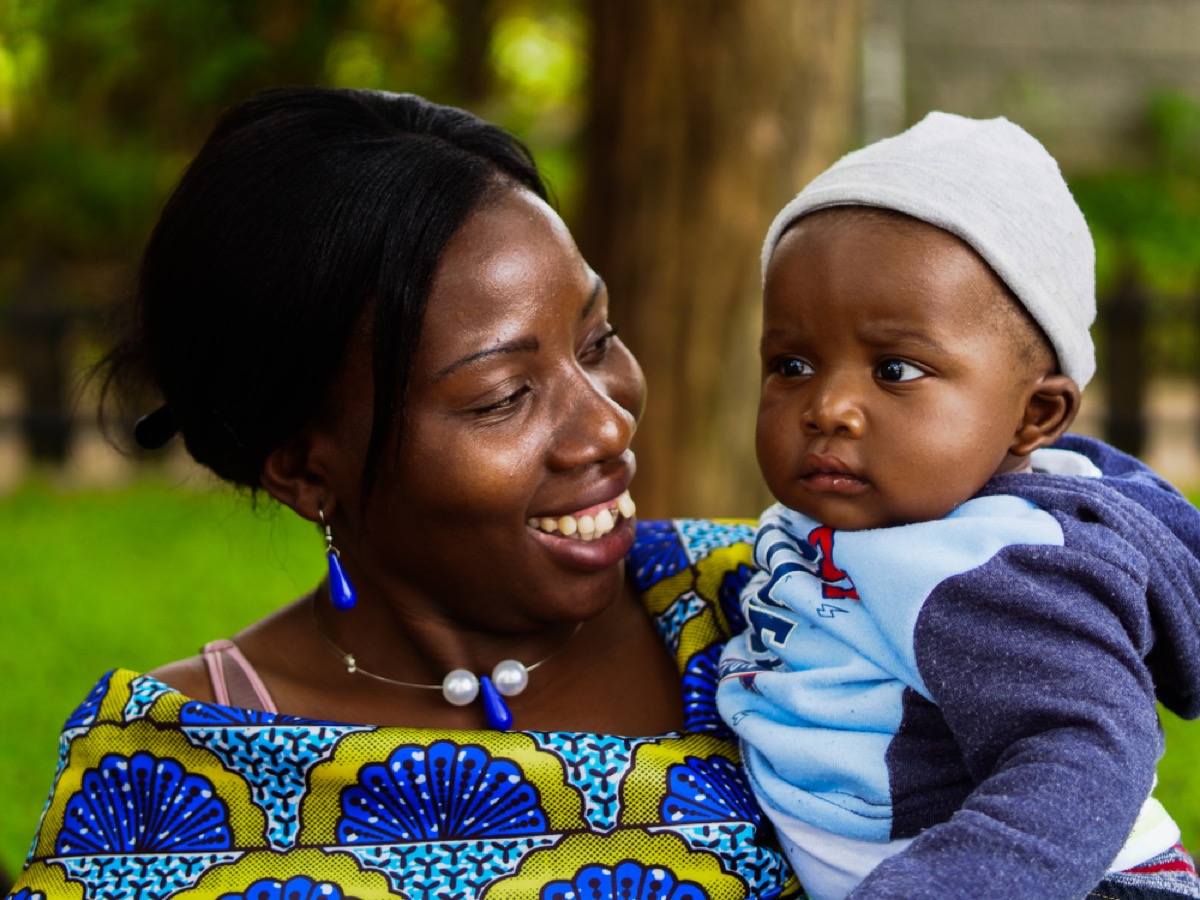
Not everyone in Zimbabwe claps their hands this way when they meet someone new. However, for the Shona people—most of whom currently live in the African country—this is a sign of respect, as a greetings guide compiled by the United States Department of Agriculture (USDA), the National Institute of Food and Agriculture (NIFA), and the National Aeronautics and Space Administration (NASA) notes.
9
In Zambia, you squeeze thumbs.

Though Zambians technically shake hands when they say hello, their handshakes are far from what you see in the U.S. As the USDA/NIFA/NASA greeting guide explains, in Zambia, "some greet each other by gently squeezing a thumb." Essentially, all you have to do to perform this greeting is wrap your hand around the other person's thumb and, well, squeeze.
10
In Iran, you avoid eye contact.
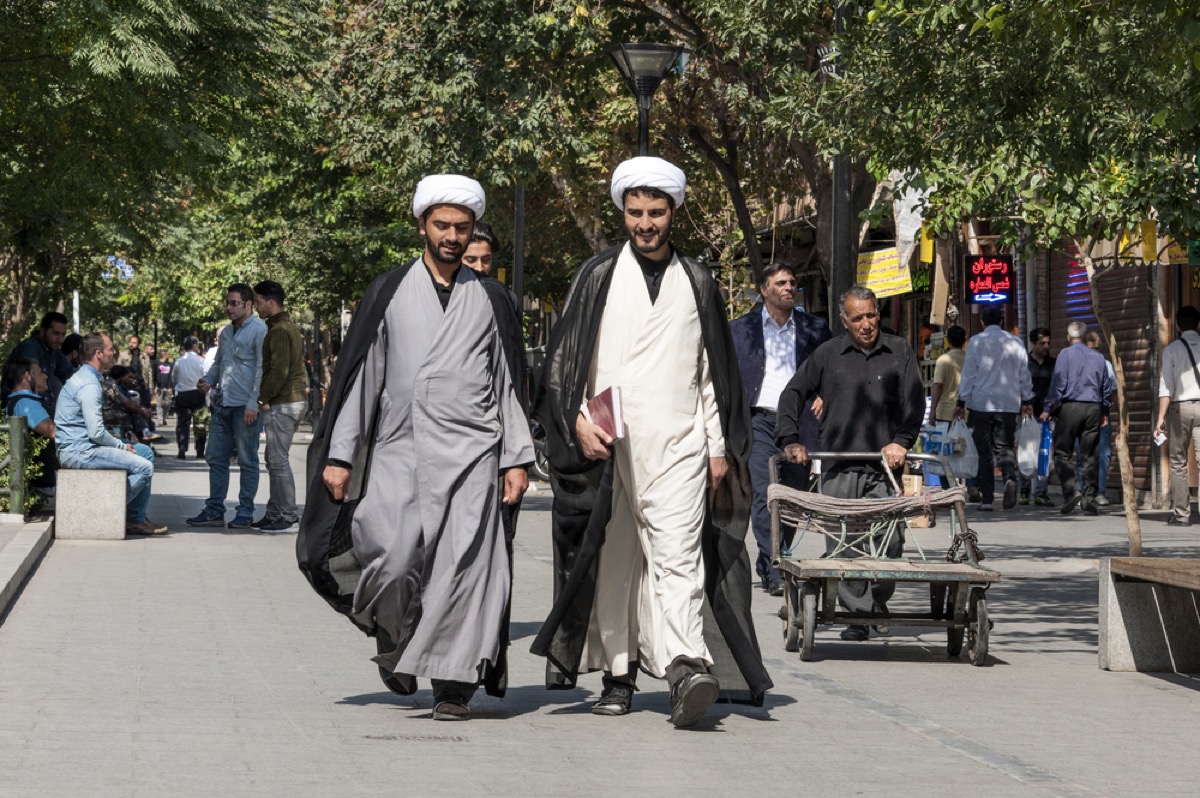
If you're not a fan of making eye contact with strangers, then you'd fit right in in Iran. According to the USDA/NIFA/NASA guide, maintaining a downward gaze when you greet someone new in Iran is considered "a sign of respect." The only time you should ever make eye contact with someone in Iran is when you know them on an intimate level.
11
In Botswana, you clasp your elbow and shake lightly.
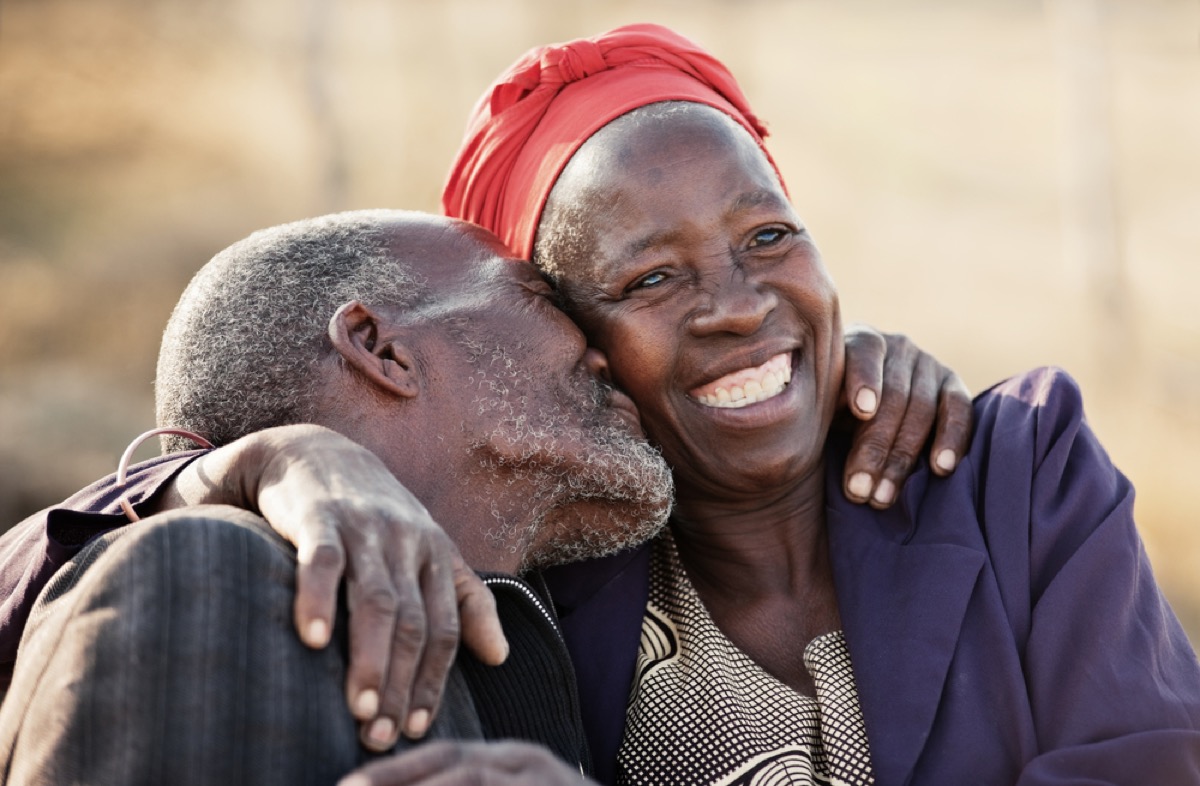
Some people in the U.S. practice their handshakes just to make sure that they're not too weak. In Botswana, on the other hand, "soft" is the desired strength of a greeting.
"People touch hands, like a handshake that doesn't include a grip, just lightly grazing palms and fingers," explains the guide from the USDA, the NIFA, and NASA. Typically people will also place their left hand under their right elbow while they shake as a sign of respect.





















